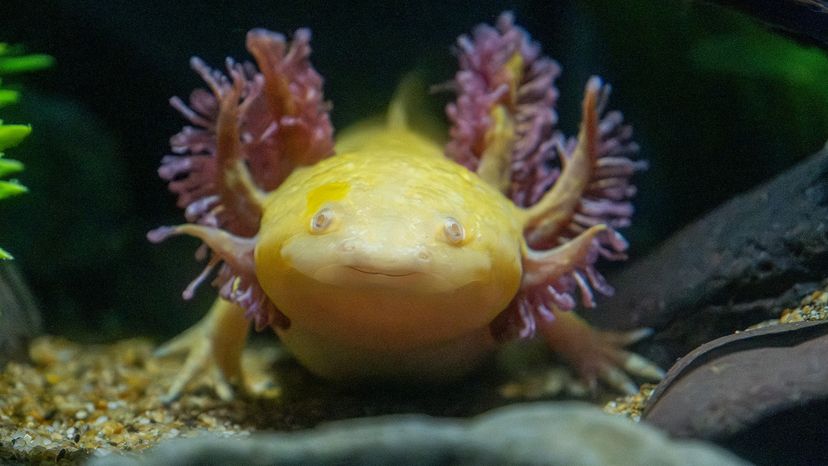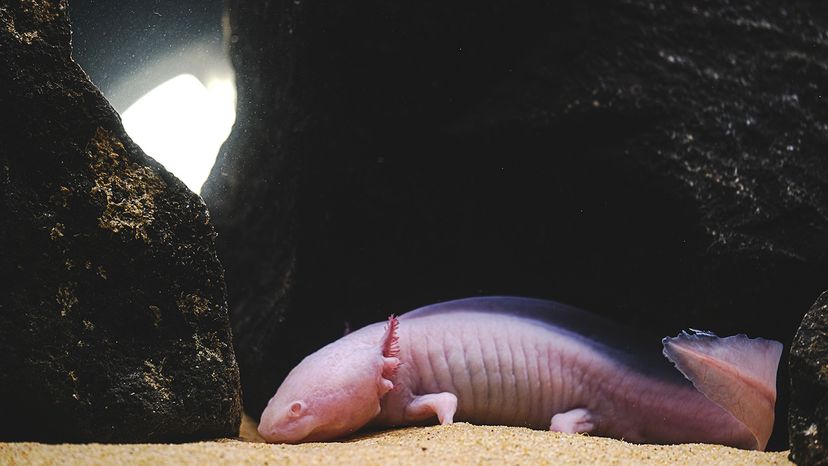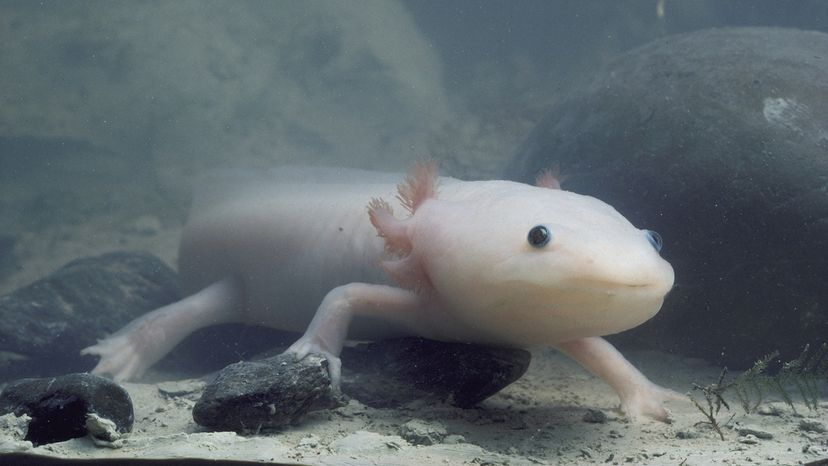A single adult axolotl needs at least a 20-gallon aquarium with a wide surface area for optimal oxygen exchange, though a 40-gallon tank would be much better. Many keepers opt for a bare bottom tank or fine sand — never gravel — to avoid impaction when they eat.
Water quality is critical. Use a sponge filter and cycle the tank to establish beneficial bacteria that convert harmful ammonia into nitrite and then into nitrate, helping maintain safe water parameters.
Always use a water conditioner to remove chlorine from tap water, and avoid additives with aloe vera, which can damage an axolotl’s gills.
Maintain temperature requirements between 60 and 64°F (16 and 18°C). For warmer climates or summers, aquarium chillers can help.
Avoid bright light and direct sunlight, as axolotls lack eyelids and are sensitive to light.


